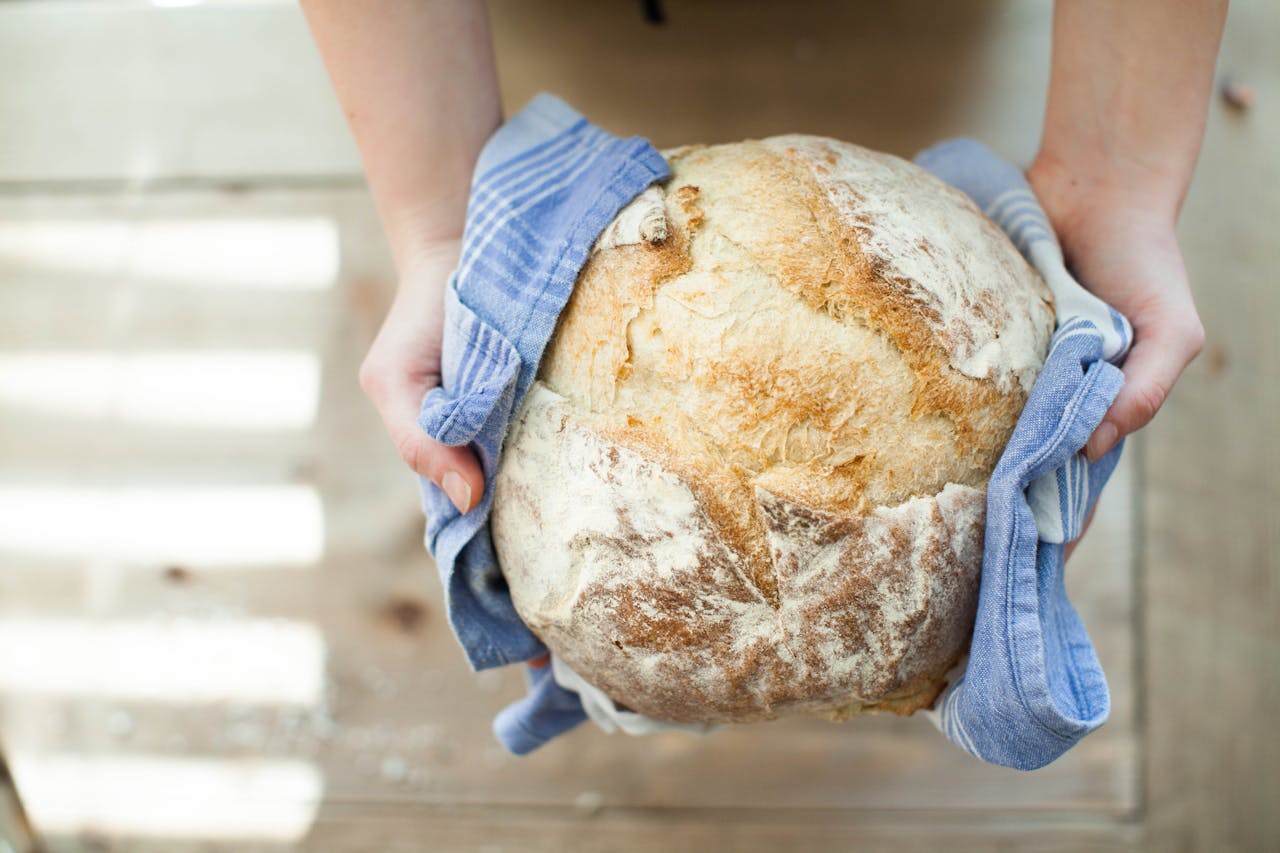There’s nothing quite like the taste of fresh-baked bread, a soft muffin, or a flaky croissant. But if you’ve ever reached for your favorite baked good only to find it dry, tough, or flavorless, you know the disappointment of staleness all too well. Stale baked goods aren’t just a minor annoyance—they can lead to wasted money and food, and they often leave you scrambling for ways to revive what was once delicious. Understanding which baked goods go stale the fastest and why can help you make smarter choices at the store and in your kitchen. With a few simple tips, you can extend the life of your favorite treats and reduce unnecessary waste. Let’s dive into the six baked goods that go stale faster than they should, and what you can do about it.

1. Sourdough Bread
Sourdough bread is beloved for its tangy flavor and chewy crust, but it’s also notorious for going stale quickly. The very process that gives sourdough its unique taste—fermentation—also means it has fewer preservatives than many store-bought loaves. Once cut, sourdough loses moisture rapidly, leading to a hard, unappetizing texture within a day or two. To keep your sourdough fresh, store it in a paper bag at room temperature for up to two days, then switch to the freezer if you won’t finish it in time. Avoid plastic bags, which can make the crust soggy while the inside still dries out.
2. Croissants
Croissants are a breakfast favorite, but their delicate, buttery layers are especially prone to staleness. The high butter content and airy structure mean croissants dry out fast, often within 24 hours. If left uncovered, they lose their flakiness and become tough. To extend their life, wrap croissants in foil and store them at room temperature for a day or two. For longer storage, freeze them and reheat in the oven to restore some of their original texture. Never refrigerate croissants, as this accelerates staling. If you’re a fan of fresh pastries, consider buying only what you’ll eat that day.
3. Bagels
Bagels are another baked good that seems to go stale almost overnight. Their dense, chewy texture is a result of boiling before baking, but this also means they lose moisture quickly. Within a day, bagels can become hard and difficult to slice. The best way to keep bagels fresh is to slice and freeze them as soon as possible. Toasting frozen bagels brings back much of their original flavor and texture. If you must store them at room temperature, keep them in a paper bag for up to two days, but be prepared for a rapid decline in quality.

4. Muffins
Muffins may seem like they’d last longer than bread, but their high moisture content actually makes them prone to staleness and even mold. Left uncovered, muffins dry out quickly, losing their soft crumb and becoming dense. On the other hand, storing them in airtight containers can trap moisture and lead to sogginess or mold. The best approach is to store muffins in a paper towel-lined container with the lid slightly ajar, which balances moisture and airflow. If you won’t eat them within two days, freeze them individually and thaw as needed.
5. Baguettes
Baguettes are famous for their crisp crust and airy interior, but they’re also infamous for going stale within hours. The thin crust and lack of preservatives mean baguettes lose moisture rapidly, becoming rock-hard by the next day. To enjoy a baguette at its best, buy it the day you plan to eat it. If you have leftovers, wrap them in foil and reheat in the oven to revive some of the crustiness. Freezing is also an option, but nothing truly compares to a fresh baguette. If you’re planning a meal, buy your baguette last to maximize freshness.
6. Pound Cake
Pound cake might seem sturdy, but it’s surprisingly quick to go stale, especially if sliced and left exposed. The high fat and sugar content can’t fully protect it from drying out, and the texture can become crumbly and dry within a couple of days. To keep pound cake moist, wrap it tightly in plastic wrap or store it in an airtight container. For longer storage, freeze individual slices and thaw as needed. If your pound cake does go stale, try toasting slices or using them in bread pudding to avoid waste.
Freshness Is in Your Hands
Stale baked goods are a common frustration, but with a little knowledge and the right storage techniques, you can keep your favorites fresher for longer. Whether it’s sourdough bread, croissants, or muffins, understanding why these items go stale so quickly empowers you to make better choices at the bakery and at home. Freezing, proper wrapping, and buying in smaller quantities are all practical ways to fight staleness and reduce food waste. Next time you shop for baked goods, remember that freshness isn’t just about when you buy—it’s about how you store and enjoy them, too.
What baked good do you find goes stale the fastest in your home? Share your tips and stories in the comments!
Read More
5 Groceries Not to Buy at Costco If You Want to Save Money
Produce Storage: 12 Fruits to Ripen on the Counter Before Refrigerating
The post 6 Baked Goods That Go Stale Faster Than They Should appeared first on Grocery Coupon Guide.







